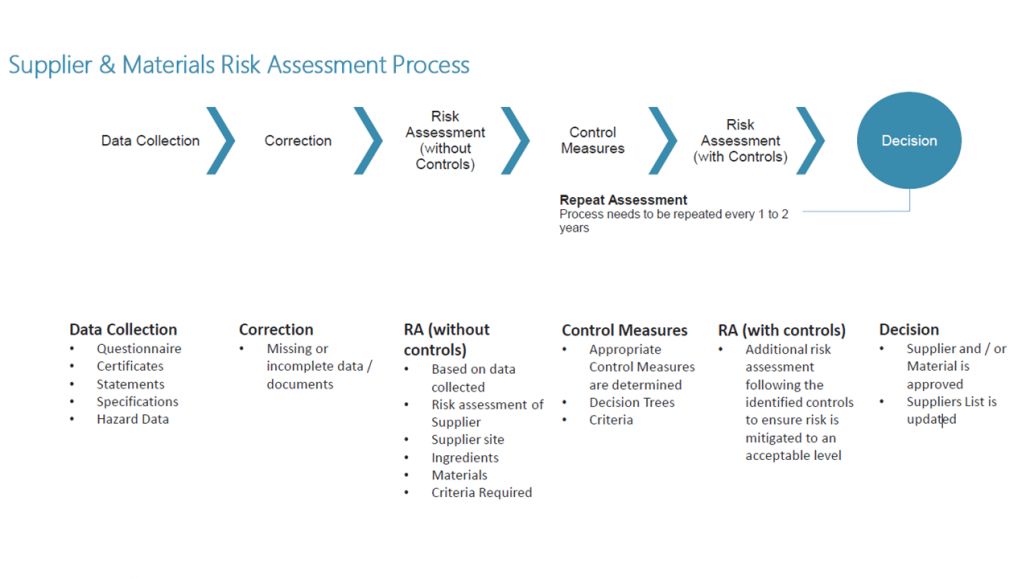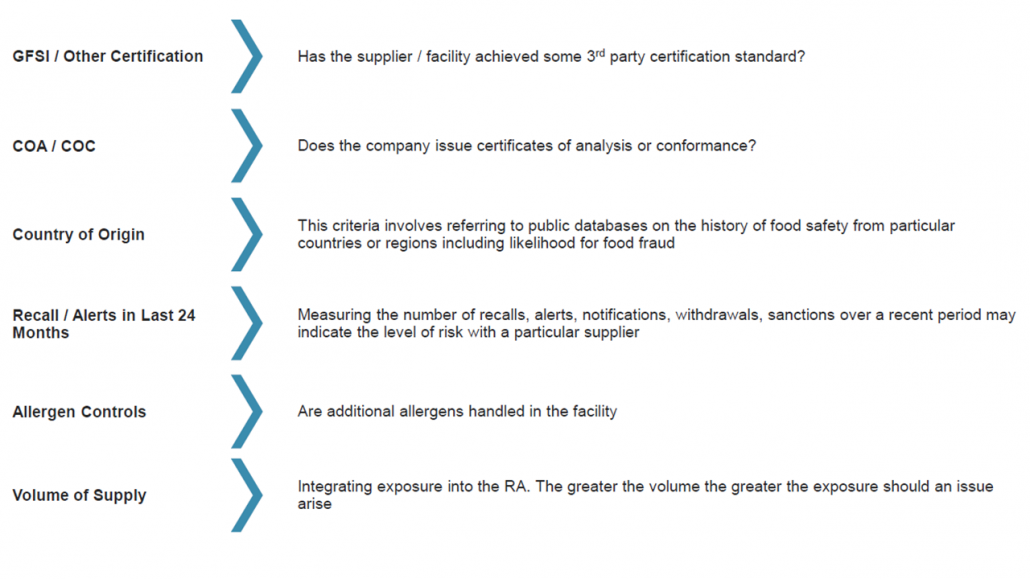Why leafy green recalls keep occurring and what can be done about it?
Another year, another leafy green recall.
As Yogi Berra once said, it’s like Déjà vu all over again.
If it seems like you’ve heard this news before it’s because you have.
In fact, according to the team over at Barfblog, you’ve heard it more than 40 times over the past 20 years.
Unfortunately for all, this occurred just in time for the Thanksgiving holiday season, and also came on the heels of a Salmonella warning regarding turkey coming from the USDA.
More recently we learned of yet another massive beef recall as well.
Happy Holidays indeed.
Why does this keep happening?
Even after the most radical shake-up of food safety legislation in 70 years (FSMA), we are still seeing ongoing food safety issues in the supply chain, particularly in the category of produce.
How could this be?
Not only was FSMA supposed to be the legislation to help repair our broken food supply chain, but the GFSI has been around for more than a decade, yet we are still seeing issues.
Should we not have reasonably expected to see a significant reduction in these incidents?
Going further, can we conclude that legislation itself does not improve safety?
Can we conclude that legislation itself does not improve safety?
Perhaps the rules have not been enforced sufficiently?
Or, perhaps the risk assessments required by FSMA and GFSI are not sufficient to identify and control the hazards effectively?
If those aren’t the case, then perhaps it is not even possible to avoid these issue as they are inherent in the supply chain.
Let’s take a deeper dive into each of these points.
Legislation: Does the bite match the bark?
Over 100 years ago Upton Sinclair wrote The Jungle and highlighted the grim life, and unfortunately death, within a turn of the century meat packing facility.
This book is largely credited for the passage of the Pure Food and Drug Act of 1906 and, eventually, the birth of the FDA.
After several decades of ineffectiveness, and a number of amendments, the Food, Drug, and Cosmetic Act of 1938 was enacted, effectively giving oversight authority to the FDA.
Fast forward to the modern era and we now have the Food Safety Modernization Act (FSMA) following several more decades of serious food safety issues.
History alone shows us that legislation, in and of itself, will not stop food safety issues.
History alone shows us that legislation, in and of itself, will not stop food safety issues.
One could instead deduce that legislation merely provides a false sense of security to the populace while failing to prevent issues from occurring.
Some time ago I considered that FSMA legislation itself provides the FDA with a sharper set of teeth to enforce food safety laws with.
Since then, the reality is, that enforcement seems to be more in the hands of the industry itself as opposed to a heavy-handed federal inspection agency.
In other words, failures which are exposed by FSMA might be a cause for concern and result in customers not wanting to do business with a vendor of ill repute.
This would have farther reaching impacts than reinspection fees, or even a product recall which could essentially be buried in a confusing sea of product labels.
Risk Assessments: A proportionate response?
What about the Risk Assessments then?
Are they not intended to help identify risks within the food supply chain?
The answer to this is yes, however, I speak with enough company leaders to know that there are an alarming number of businesses who are not familiar enough to know the correct Risk Assessment model to use in their evaluation.
There are an alarming number of businesses who are not familiar enough to know the correct Risk Assessment model to use in their evaluation.
A search for help on the FDA’s web page will likely leave you confused with eyes blearier than before you began the search.
The actual causes remain an open question, and in reality, it may be a combination of all of the above.
However, if food safety is dependent on large amounts of legislation and penal enforcement then consumers and food businesses alike will find themselves in a world of never-ending recalls.
The fact is, regardless of the intervention of the State in food safety, there is no substitute for food businesses owning their own risks.
There is no substitute for food businesses owning their own risks
There is no better way to improve the safety of our food than food companies striving for better and more accurate risk assessment models with effective application in key aspects of their business.
Remedy: The best practice for Supplier and Material Risk Assessment?
Based on the above, the natural conclusion is that food safety issues aren’t able to be avoided because they are inherent to the food supply chain. If that is the case, then it is even more of a reason why we, as food manufacturers and suppliers, need to double (or triple) our efforts with regards to risk assessing our supply chain.
The question that we should then consider is how do we start the process of improving our RA program?
A best practice supplier/material risk assessment would look something like this:
If we were to distil that down to very simple terms, you should have a process in place which will allow you to collect the necessary data from your supplier in order to carry out a Risk Assessment.
The data which you have collected should be used in conjunction with defined criteria which are used to complete the Risk Assessment.
The results of this Risk Assessment will assist with determining the level of risk associated with the supplier/material.
Based on this Risk Assessment, a determination of controls can be made (you might want to use a decision tree to help your team make this choice).
Once the controls have been determined, a 2nd Risk Assessment should be carried out in light of those controls.
This Risk Assessment will be very valuable in determining whether the controls are sufficient to reduce the risk to an acceptable level.
Once these steps are completed you are now ready to decide whether this supplier or material should be approved or not.
The steps above show how to conduct the Risk Assessment, but you might not understand which criteria to use.
Our most recent blog looked at these criteria in more detail, but for brevity, here is an example of the suggested criteria you might want to look at:

Defining these criteria will make sense as long as each criterion is assigned a weighted score because, in reality, each of them will contribute more or less to the risk.
At this point, you might be thinking to yourself: “Great, my binder just got a whole lot bigger and now I have more work added to my already full plate!”.
The good news is that our team of food safety experts has already designed the tool which will lighten the load and enable you to perform these tasks in line with the requirements with as minimal impact in the time and resources you need to prepare.
We would be pleased to show you how this tool works and can be applied to help conduct your risk assessments.
Please contact us for a free web demonstration as our team is eager to speak with you and show you how Safefood 360° can be a fit for you and your organization.


